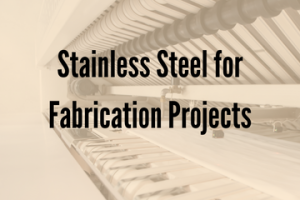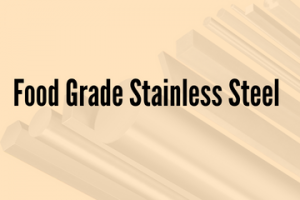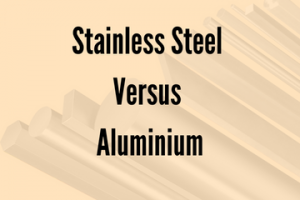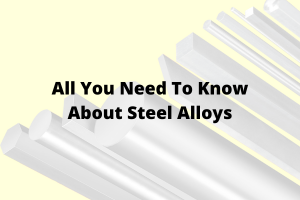The classical property of stainless steel is inevitable. Metallurgist capability in developing grades and applications is vast. The primary concern is to choose the best stainless steel for proficient business.
The strength and mechanical properties are provenances for stainless steel. Stainless steel has chromium, which forms a protecting film to maintain its shine and finish. Stainless steel is of different grades, classified based on microstructure. Austenitic and ferritic grades have distinctive properties. Every grade has its own makeup, characteristics, and specialized application zone. Grade 304 and 430 are two common grades with distinct properties.
Grade 304 is commonly commercial austenitic stainless steel available. Grade 430 is ferritic stainless steel.
Grade 304
Grade 304 has an austenitic microstructure. It attains corrosion resistance, formability, weldability, and is stable at cryogenic temperature. It is popularly used in commercial kitchen products.
Grade 430
Grade 430 is plain chromium ferritic stainless steel. It offers good corrosion resistance coupled with good mechanical properties. Grade 430 has good heat resistance at elevated temperatures.
Grade 304 and 430 are widely used in the commercial food industry.
Composition
The supremacy qualities denoted by grade 304 is due to the nickel in its content. The major difference between grade 304 and 430 is nickel. Grade 304 exhibits brilliant corrosion resistance with good forming abilities. The deficiency of nickel in grade 430 will lead to cracks and failure.
| Grade | Carbon | Chromium | Nickel | Silicon | Manganese | Phosphorous | Sulfur | Nitrogen |
| 304 | 0.07 | 17.5-19.5 | 8-10.5 | 1.00 | 2.00 | 0.045 | 0.015 | 0.10 |
| 430 | 0.08 | 16-18 | _ | 1.00 | 1.00 | 0.045 | 0.015 | _ |
Corrosion resistance
Both grades are an estimable sources in providing corrosion resistance. Grade 304 contains nickel, which aids in offering superior corrosion resistance to grade 430. Grade 304 does not work for a salty environment, but is resistant to acidic mediums. On the other hand, grade 430 is not able to satisfy the acidic exposures.
Formability and Weldability
In attaining formability and weldability, clearly, grade 304 wins the race. Grade 304 has good drawing features while pressing as it has nickel in its content. On the other hand, grade 430 will likely to break or crack in the same conditions. The absence of nickel in chemical composition for grade 430 will lead to poor formability.
Cost
The chemical composition validates the concentration of alloying agents and their cost. Grade 304 contains 8% nickel; it is a commodity that fluctuates with global market conditions. Nickel increases the universal cost for grade 304, whereas grade 430 is relatively cheaper.
Magnetic property
Grade 430 is a ferritic grade and magnetic in all conditions, though grade 304 is non-ferromagnetic in nature.
Machinability
Machinability is better in grade 430 than 304.
Applications
Grade 304 is mainly used in applications in demand of anti-corrosion characteristics. It is food-grade stainless steel and used in the production of kitchenware and appliances. Grade 430 is recommended to use in applications requiring functioning at high temperatures.
To draw an inference line, which grades to prefer between 304 and 430? The complete analysis and function of the application will determine its success. The corrosion resistance, cost, temperatures of functioning are the inclusive factors for choice between the two.
Ambica Steels is the prime exporter of stainless steel grades. We are a continuum in providing the best quality service. Kindly contact our sales team for any project-related inquiry. The consultations are welcome.




